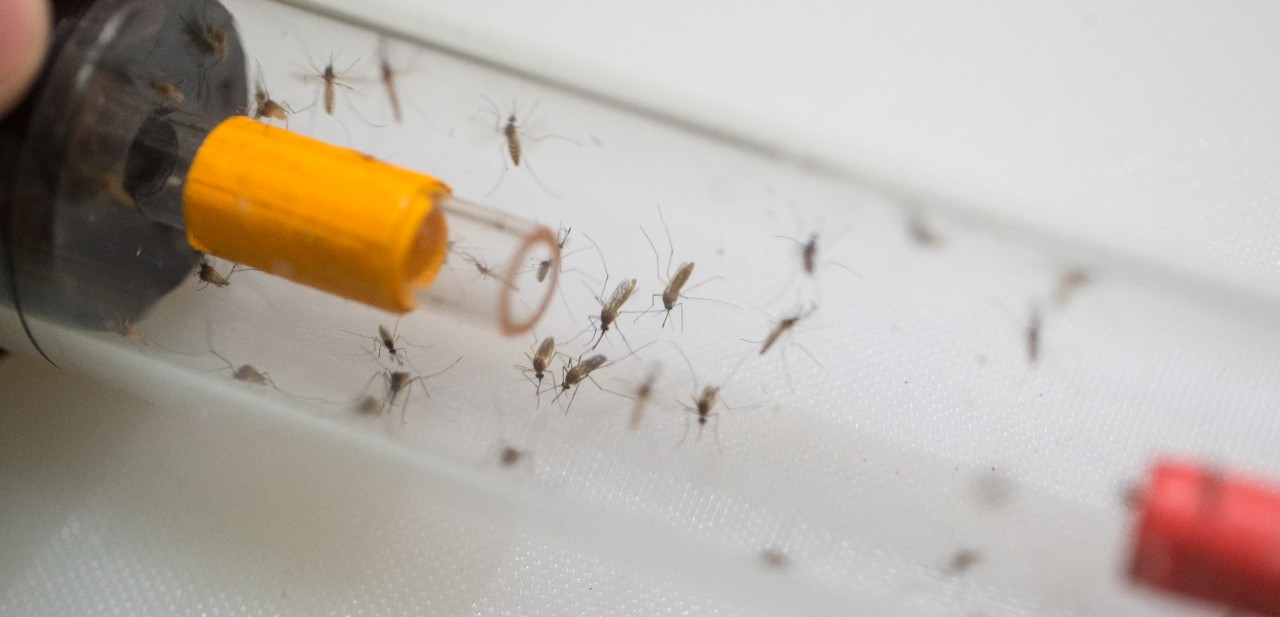
Bloomberg: P&G is developing next big thing in room buzzing with flies
UC biologist Joshua Benoit has been helping P&G test its pest-control product line
Bloomberg Businessweek highlighted the partnership between Procter & Gamble and a biology lab at the University of Cincinnati.

UC biologist Joshua Benoit. Photo/Joseph Fuqua II/UC Creative Services
P&G turned to UC's College of Arts & Sciences for expertise in testing and launching its line of pest-control products called Zevo. UC associate professor Joshua Benoit studies invertebrates such as ticks, bedbugs and flies in his biology lab. He interest in insects has literally taken him to the ends of the Earth – Antarctica – where he studied a wingless midge.
Benoit helped P&G test its nontoxic Zevo products on pests such as cockroaches and house flies.
Zevo includes sprays and indoor fly traps. The spray uses essential oils like cinnamon and lemongrass that target nerve receptors in insects, according to Zevo's website. The sticky trap lures flies and mosquitoes with an ultraviolet light that proved effective in UC's lab tests.
"It's been a fruitful relationship. We helped them develop a better product and they supported some undergraduate interns here," Benoit said.

UC students work with mosquitoes in a biology lab. Photo/Andrew Higley/UC Creative Services
Become a Bearcat
- Apply online or get more information about undergraduate enrollment by calling 513-556-1100.
- Learn more about UC's many undergraduate and graduate programs.
Related Stories
UC biochemistry student explores world of taste
January 5, 2026
A University of Cincinnati biochemistry student changed her career trajectory after being inspired by internships with a European Fortune 500 company.
Fusion reactors may be key to uncovering dark matter
December 22, 2025
Yahoo! News highlights a new study by University of Cincinnati physicist Jure Zupan that explains how fusion reactors might create subatomic particles associated with dark matter.
UC public relations course reaches vulnerable community
December 19, 2025
Rather than having students find opportunities for real world applications of their degrees beyond class, why not bring it to them in the classroom? The public relations campaigns class, offered through the communications department in UC’s College of Arts and Sciences, gives students a taste of experience in the field.
